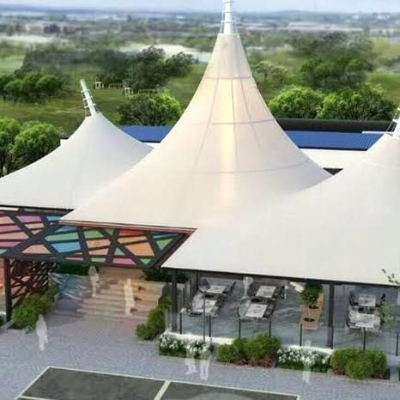
Tensile fabric roofing is a type of roofing system that uses a membrane made of lightweight, high-strength fabric to span large distances and create a structurally stable roof. The fabric is tensioned over a supporting structure, typically made of steel or aluminum, to create a three-dimensional shape that provides shade and weather protection. Tensile fabric roofing is commonly used in commercial and public spaces such as sports stadiums, concert venues, and airports, as well as in residential settings such as covered patios and outdoor living areas.
There are several types of tensile fabric roofing structures in India, including:
1. Conical Structures - These structures are cone-shaped and have a single point of support. They are often used for smaller structures like entrance canopies, carports, and small shade structures.
2. Hypar Structures - These structures are made up of two or more intersecting conical shapes, creating a saddle-like shape. They are ideal for larger shade structures like car parks, playgrounds, and outdoor dining areas.
3. Barrel Vault Structures - These structures have a curved shape that resembles a barrel. They are typically used for larger structures like sports facilities, convention centers, and shopping centers.
4. Umbrella Structures - These structures have a single point of support and a circular shape, resembling an umbrella. They are often used for outdoor seating areas, cafes, and restaurants.
5. Pyramid Structures - These structures have a four-sided pyramid shape, with a single point of support. They are ideal for smaller structures like kiosks, information booths, and entryways.
6. Grid Shell Structures - These structures are made up of a grid of intersecting beams covered with tensile fabric. They are used for larger structures like airports, train stations, and exhibition halls.
Design & shape of tensile roofing structure in India:
The design and shape of tensile roofing fabric structures can vary widely depending on the intended use, location, and aesthetic preferences of the designers and clients. However, there are a few common design principles and shapes that are often used in tensile fabric roofing structures:
1. Curved shapes - Tensile fabric roofing structures often have curved shapes, as these shapes are naturally strong and can distribute loads evenly across the structure. Curved shapes also create an aesthetically pleasing appearance.
2. Lightweight materials - Tensile fabric roofing structures are typically made from lightweight materials such as PVC-coated polyester or PTFE-coated fiberglass. These materials are strong, durable, and flexible, allowing for a wide range of shapes and designs.
3. Tensioning system - Tensile fabric roofing structures must be tensioned properly to ensure that the fabric remains taut and stable over time. Tensioning systems can include cables, rods, or other support structures.
4. Multiple support points - Tensile fabric roofing structures often have multiple support points, which help distribute the load and provide stability. These support points can be located on the ground, on building walls or columns, or on separate support structures.
Overall, the design of a tensile fabric roofing structure will depend on a variety of factors, including the intended use, location, budget, and aesthetic preferences of the designers and clients.
Tensile fabric roofing structures are used in a wide range of applications, including:
1. Sports facilities - Tensile fabric roofing structures can provide shade and weather protection for sports facilities like stadiums, arenas, and practice fields.
2. Public spaces - Tensile fabric roofing structures can be used to create shade and shelter in public spaces like parks, playgrounds, and outdoor seating areas.
3. Commercial buildings - Tensile fabric roofing structures can be used to create covered parking areas, entryways, and outdoor dining spaces for restaurants, cafes, and other businesses.
4. Transportation infrastructure - Tensile fabric roofing structures can be used to provide shelter and weather protection for transportation infrastructure like bus and train stations, airports, and parking garages.
5. Residential buildings - Tensile fabric roofing structures can be used to create covered patios, outdoor living areas, and carports for residential buildings.
6. Cultural and entertainment venues - Tensile fabric roofing structures can be used to create distinctive and visually striking structures for cultural and entertainment venues like concert halls, theaters, and museums.
Overall, tensile fabric roofing structures are versatile and can be used in a wide range of applications to provide shade, shelter, and weather protection in a visually striking and functional way.
There are several benefits of using tensile fabric roofing structures, including:
1. Aesthetics - Tensile fabric roofing structures can be designed in a variety of shapes, sizes, and colors to create visually striking and distinctive structures.
2. Durability - Tensile fabric roofing structures are made from high-quality materials that are designed to withstand harsh weather conditions and resist fading and degradation over time.
3. Cost-effectiveness - Tensile fabric roofing structures are often less expensive than traditional roofing systems, as they require fewer materials and labor costs for installation.
4. Sustainability - Tensile fabric roofing structures can be designed to be environmentally friendly, using materials that are recyclable and energy-efficient.
5. Versatility - Tensile fabric roofing structures can be used in a wide range of applications, from small shade structures to large-scale commercial buildings.
6. Natural light - Tensile fabric roofing structures allow natural light to filter through the fabric, creating a bright and airy environment that can reduce the need for artificial lighting.
7. Energy savings - Tensile fabric roofing structures can provide shade and insulation, reducing the need for air conditioning and heating and resulting in energy savings.
Overall, tensile fabric roofing structures offer a range of benefits that make them an attractive option for a variety of applications.
Tensile roofing structures are becoming increasingly popular in India due to their many benefits, including their versatility, durability, and cost-effectiveness. Some of the ways in which tensile roofing structures are being used in the Indian context include:
1. Sports facilities - Tensile roofing structures are being used to provide shade and weather protection for sports facilities like cricket stadiums, football fields, and tennis courts.
2. Public spaces - Tensile roofing structures are being used to create covered seating areas, playgrounds, and outdoor dining spaces in public parks and other public spaces.
3. Commercial buildings - Tensile roofing structures are being used to create covered parking areas, entryways, and outdoor seating areas for restaurants, cafes, and other businesses.
4. Transportation infrastructure - Tensile roofing structures are being used to provide shelter and weather protection for transportation infrastructure like bus and train stations, airports, and parking garages.
5. Residential buildings - Tensile roofing structures are being used to create covered patios, outdoor living areas, and carports for residential buildings.
6. Cultural and entertainment venues - Tensile roofing structures are being used to create visually striking structures for cultural and entertainment venues like concert halls, theaters, and museums.
Overall, tensile roofing structures offer a range of benefits that make them an attractive option for a variety of applications in the Indian context. These structures can provide shade, shelter, and weather protection in a visually striking and functional way, while also being cost-effective and environmentally friendly.
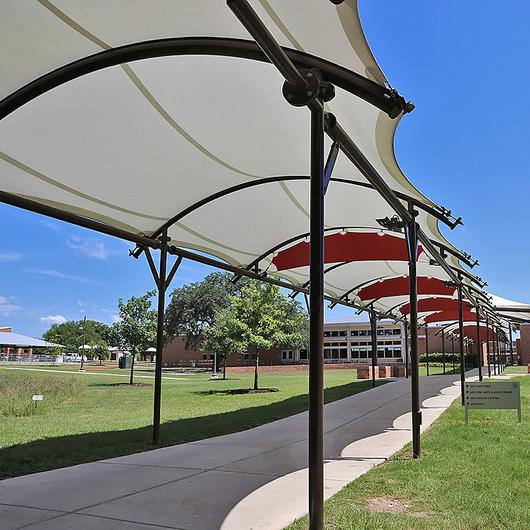 Walkway Structure
Walkway Structure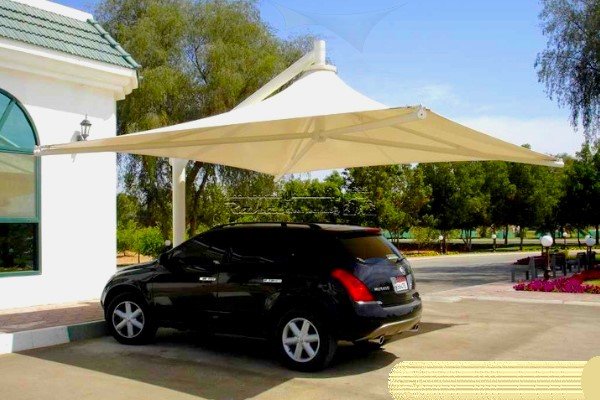 Tensile Umbrella
Tensile Umbrella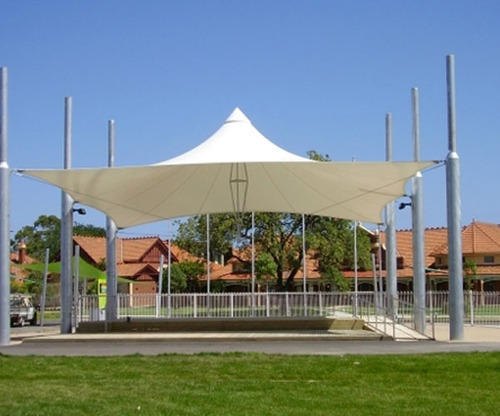 Tensile Gazebo
Tensile Gazebo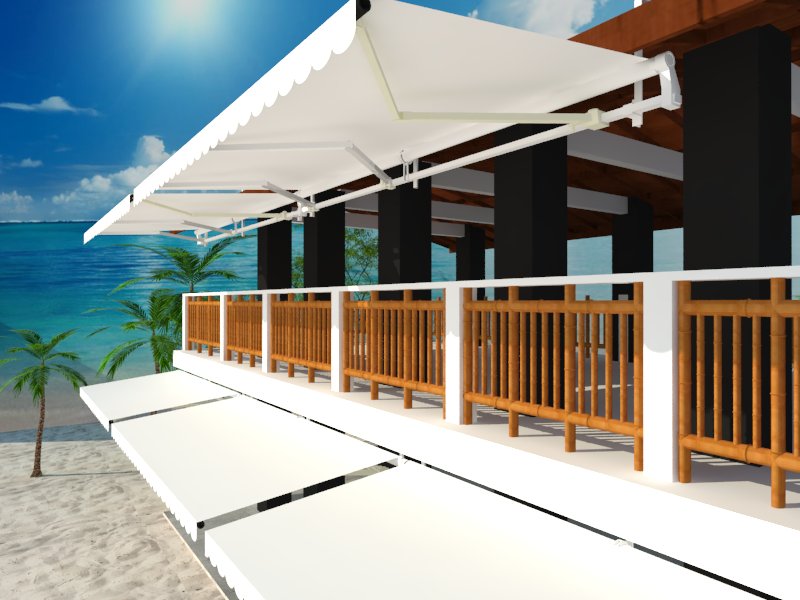 Awning Shade
Awning Shade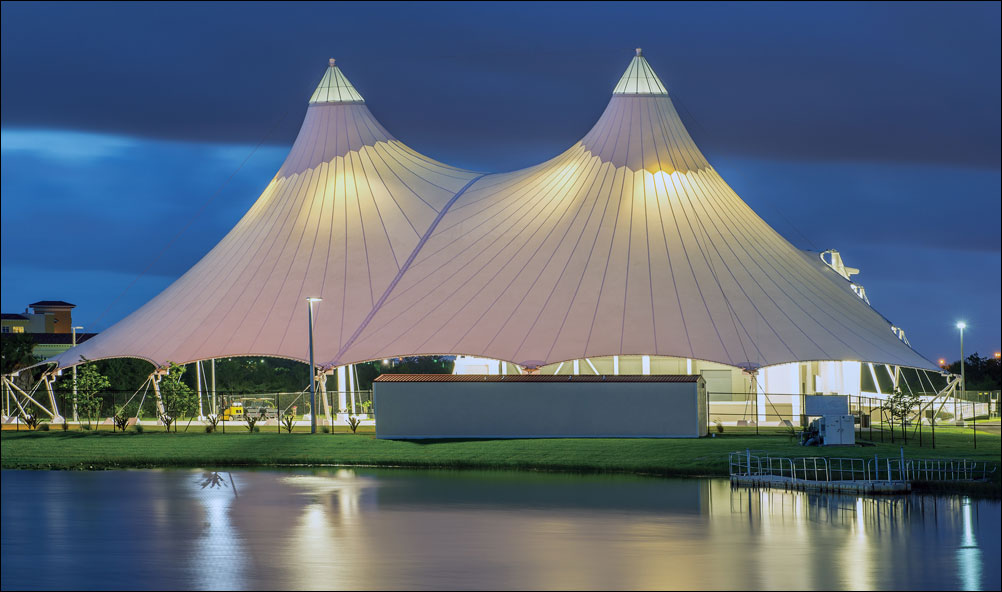 Tensile Structure
Tensile Structure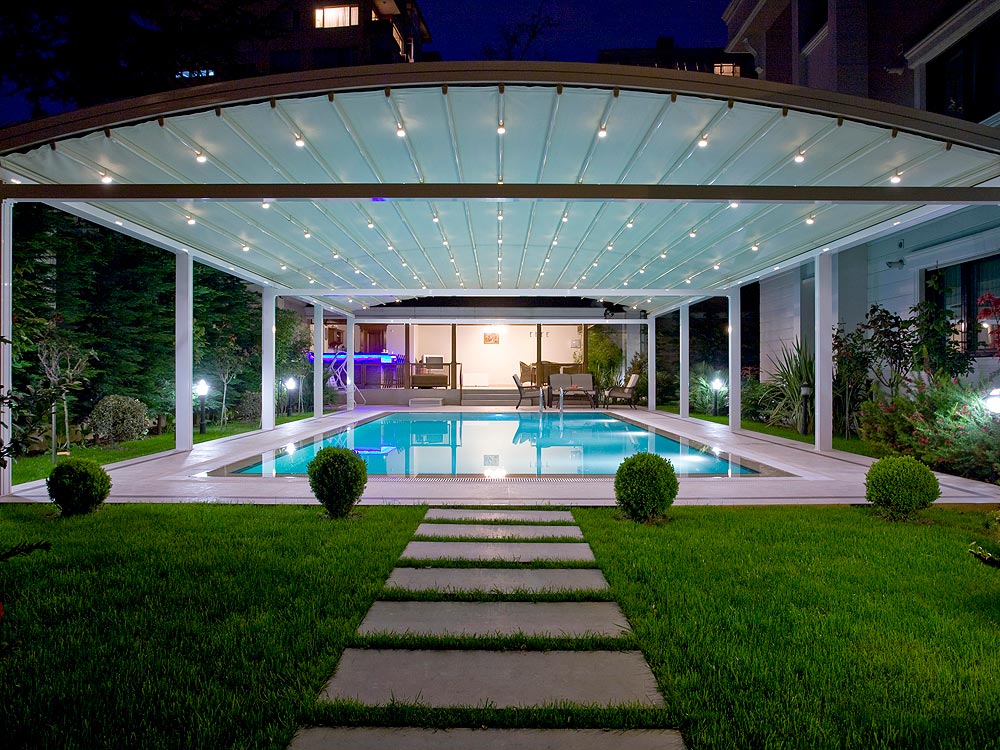 Swimming Pool Enclosures
Swimming Pool Enclosures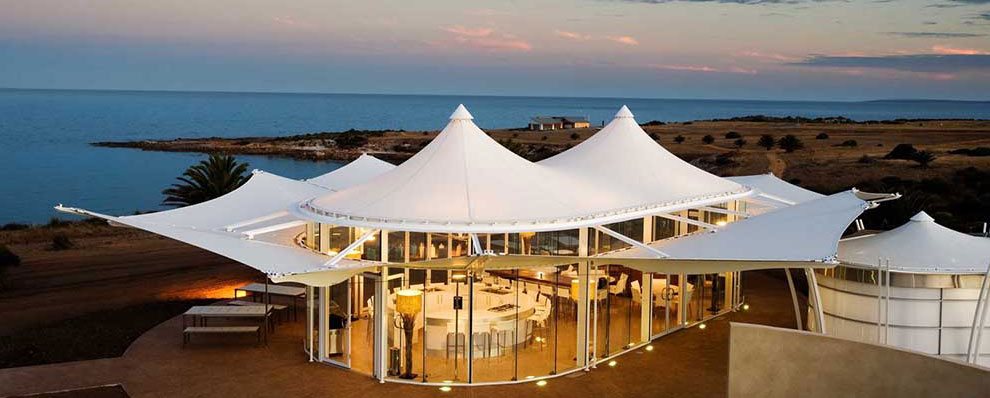 Tensile Roof Shade
Tensile Roof Shade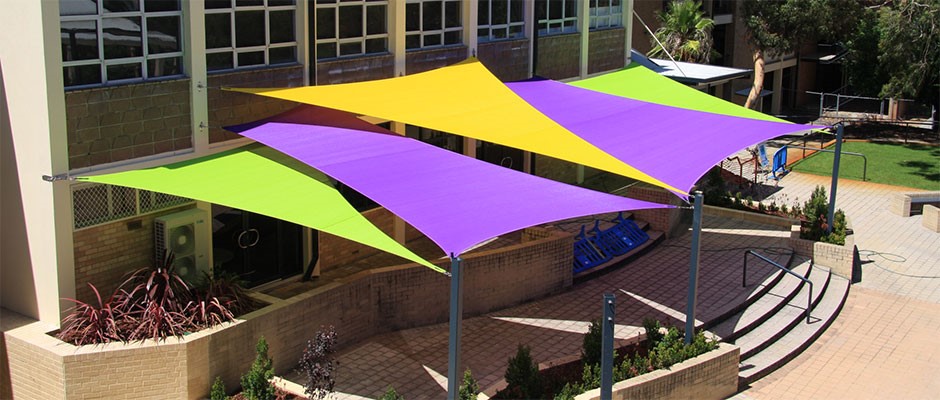 Shade Sail
Shade Sail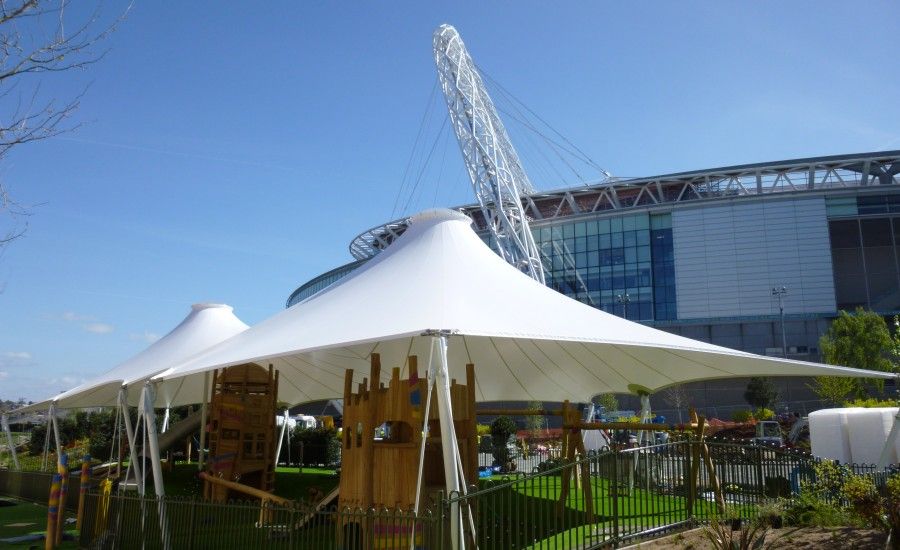 Architectural Umbrellas
Architectural Umbrellas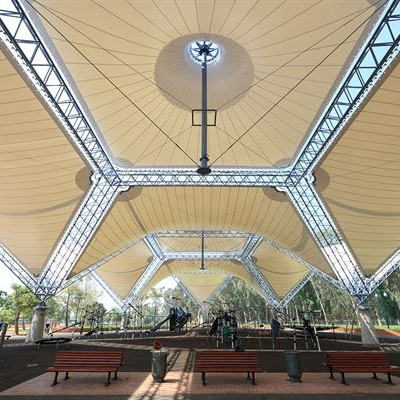 Auditorium Tensile Structure
Auditorium Tensile Structure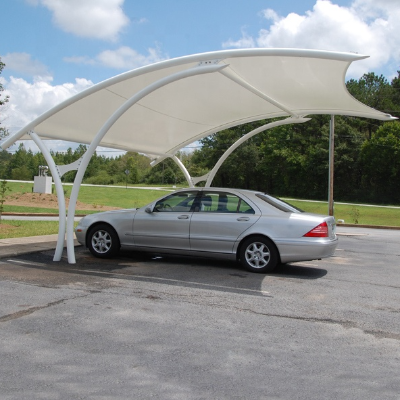 Tensile Car Parking
Tensile Car Parking Conical Tensile Structure
Conical Tensile Structure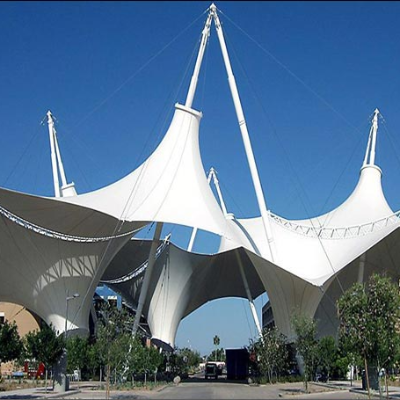 Modular Tensile Structure
Modular Tensile Structure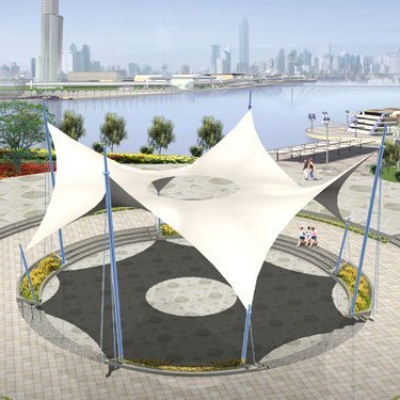 Outdoor Tensile Structures
Outdoor Tensile Structures Swimming Pool Tensile Structure
Swimming Pool Tensile Structure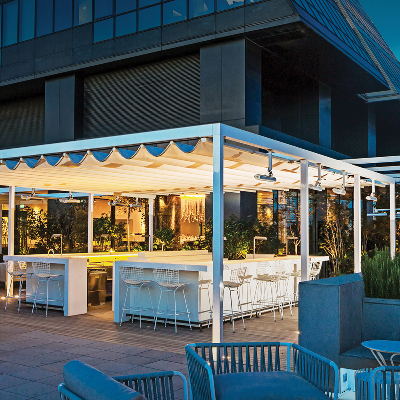 Retractable Roof
Retractable Roof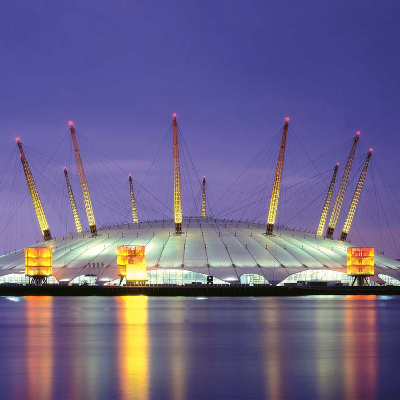 Tensile Architecture
Tensile Architecture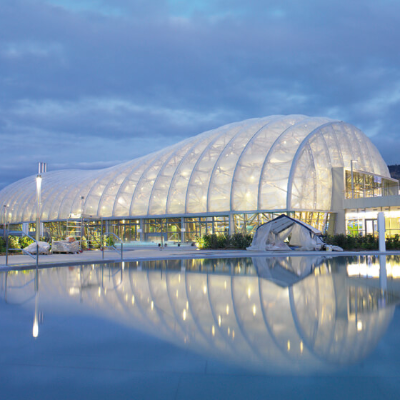 Tensile Membrane Structure
Tensile Membrane Structure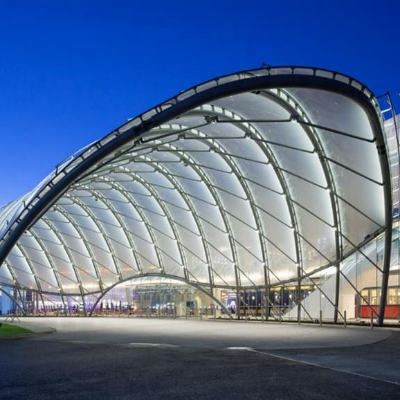 Tensile Roof
Tensile Roof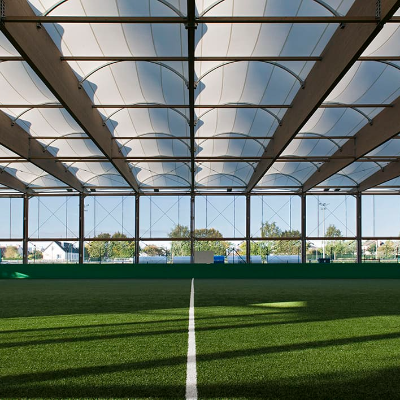 Fabric Roof
Fabric Roof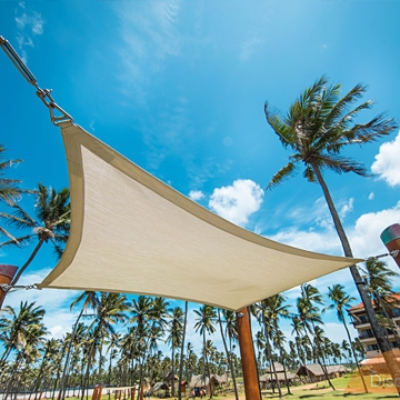 Hyper Tensile Structure
Hyper Tensile Structure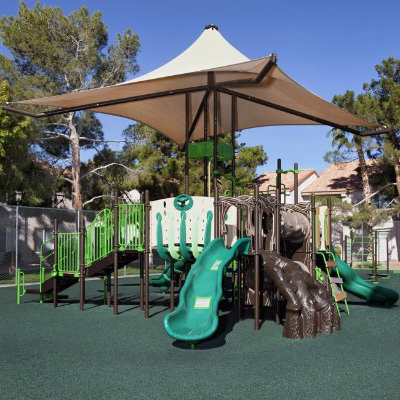 Playground Canopies
Playground Canopies Tensile Canopy
Tensile Canopy Tensile Fabric Structure
Tensile Fabric Structure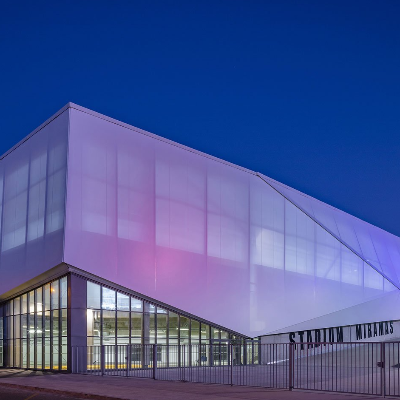 Tensile Facade
Tensile Facade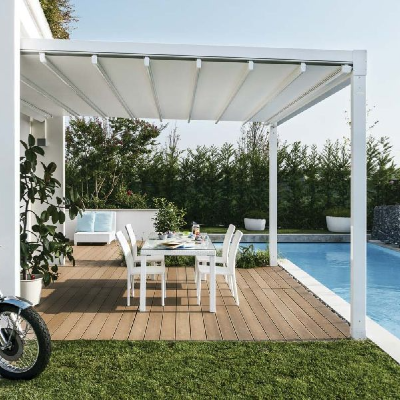 Tensile Pergola
Tensile Pergola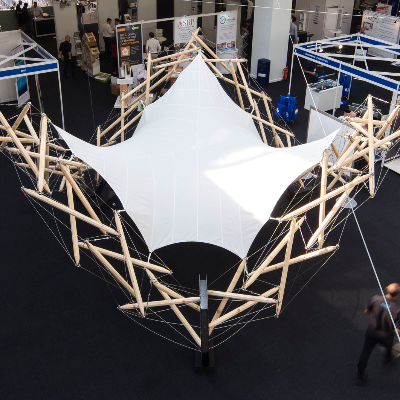 Tension Fabric Structure
Tension Fabric Structure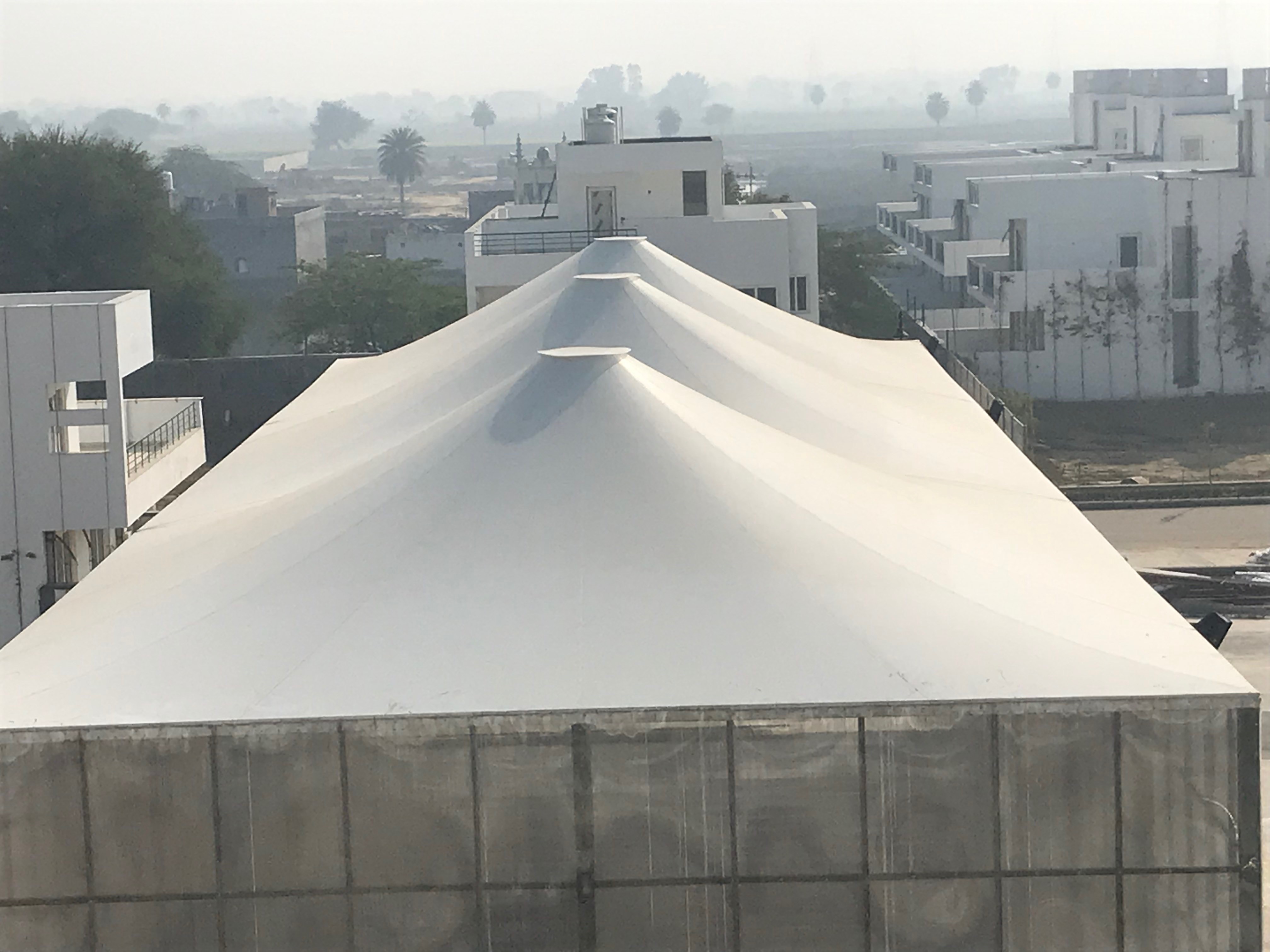 Badminton Court Tensile Structure
Badminton Court Tensile Structure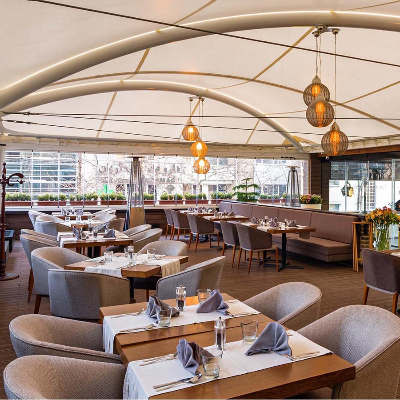 Restaurants Tensile Structure
Restaurants Tensile Structure Cantilever Tensile Structure
Cantilever Tensile Structure Inverted Umbrella Tensile Structure
Inverted Umbrella Tensile Structure Amphitheater Tensile Structure
Amphitheater Tensile Structure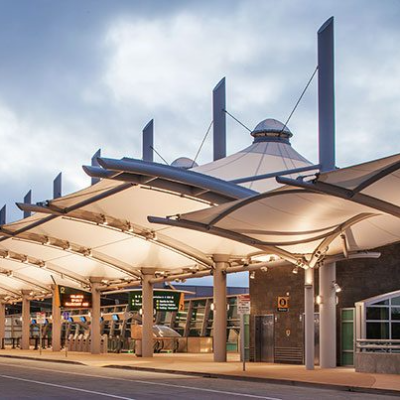 Airport Tensile Structure
Airport Tensile Structure Tensile Shelter
Tensile Shelter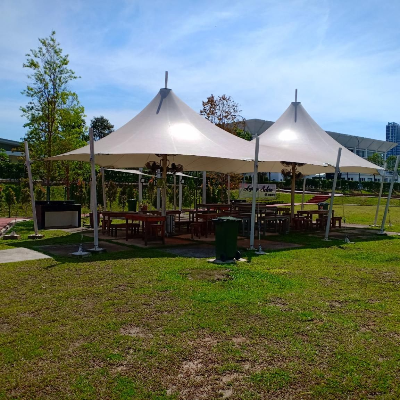 Lawn Tensile Structure
Lawn Tensile Structure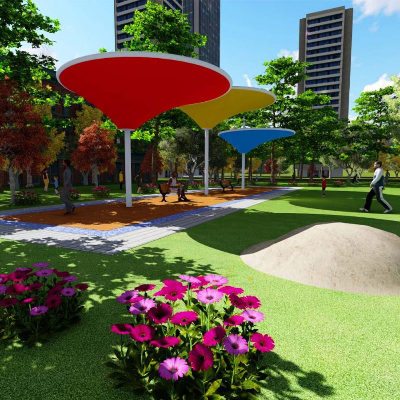 Garden Tensile Structure
Garden Tensile Structure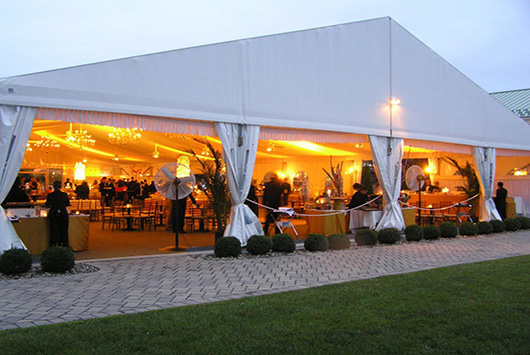 Marriage Hall Tensile Structure
Marriage Hall Tensile Structure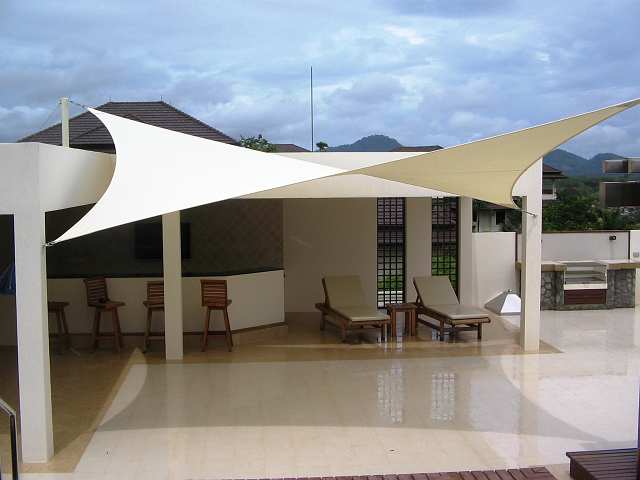 Terrace Tensile Structure
Terrace Tensile Structure House Tensile Structure
House Tensile Structure Tensile Structure for Building
Tensile Structure for Building Tensile Structure for Parking
Tensile Structure for Parking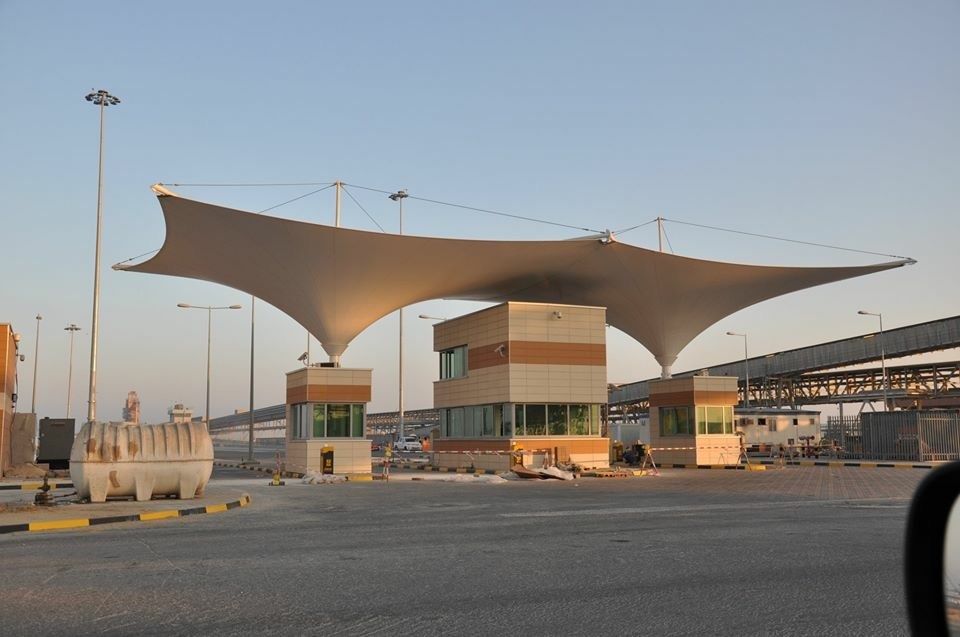 Tensile Structure for Entrance Canopy
Tensile Structure for Entrance Canopy Tensile Structure for Public Spaces
Tensile Structure for Public Spaces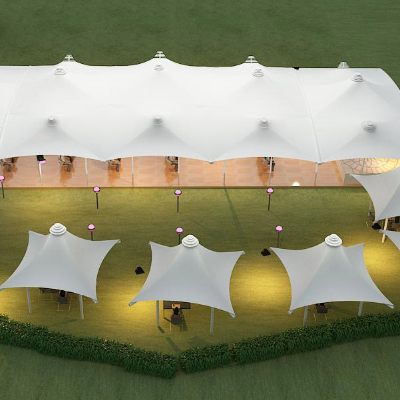 Tensile Structure for Banquet
Tensile Structure for Banquet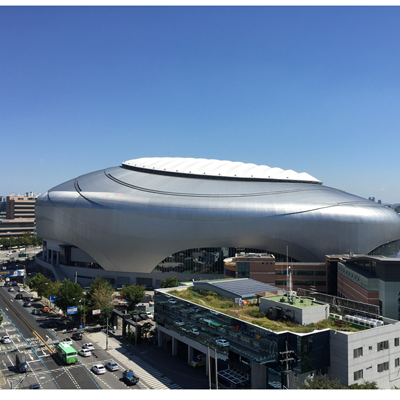 Anticlastic Structure
Anticlastic Structure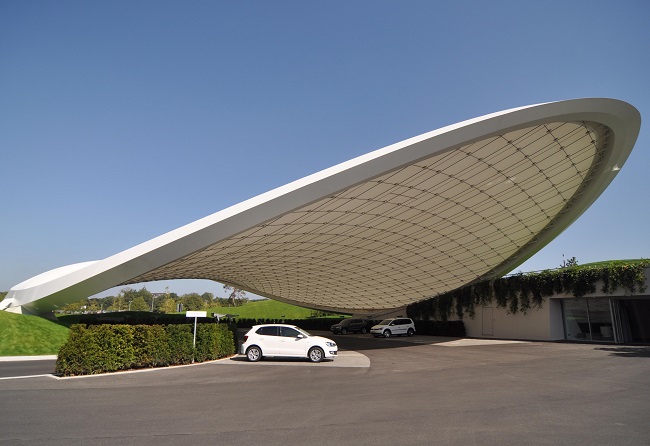 Synclastic Structure
Synclastic Structure Linear Tensile Structures
Linear Tensile Structures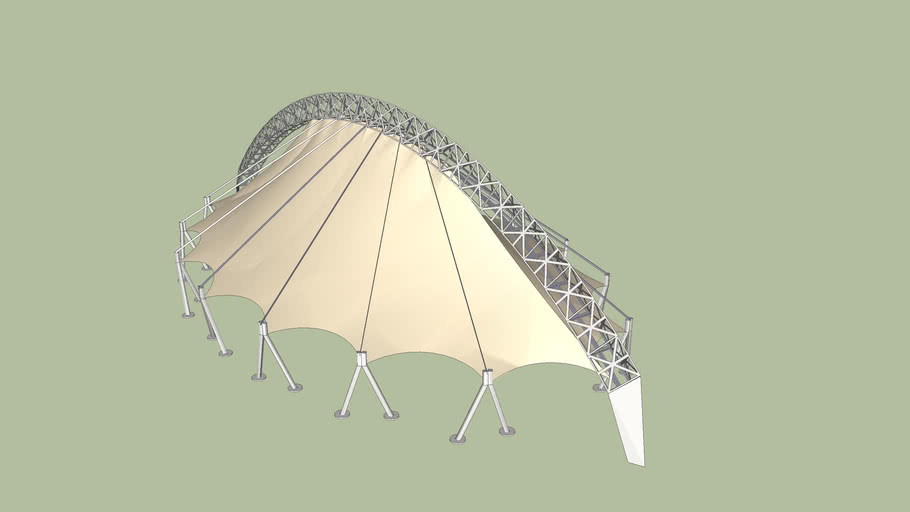 Three Dimensional Tensile Structures
Three Dimensional Tensile Structures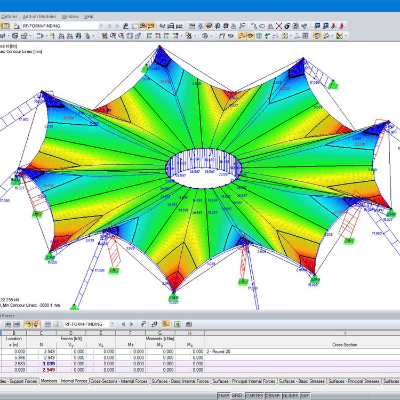 Surface Stressed Tensile Structures
Surface Stressed Tensile Structures Cable Net Membrane Structure
Cable Net Membrane Structure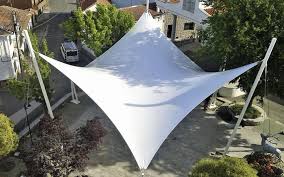 Hyperbolic Paraboloid Tensile Structure
Hyperbolic Paraboloid Tensile Structure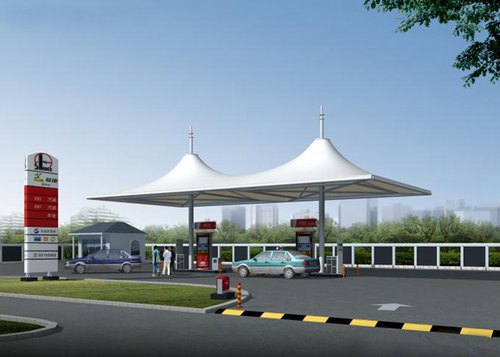 Petrol Pump Tensile Canopy
Petrol Pump Tensile Canopy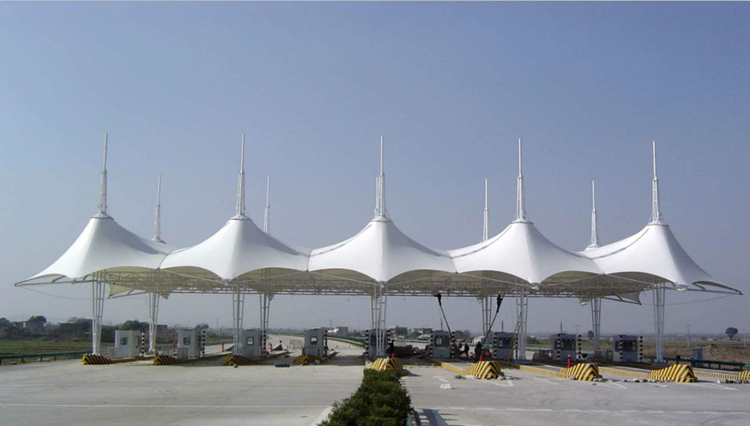 Toll Plaza Tensile Canopy
Toll Plaza Tensile Canopy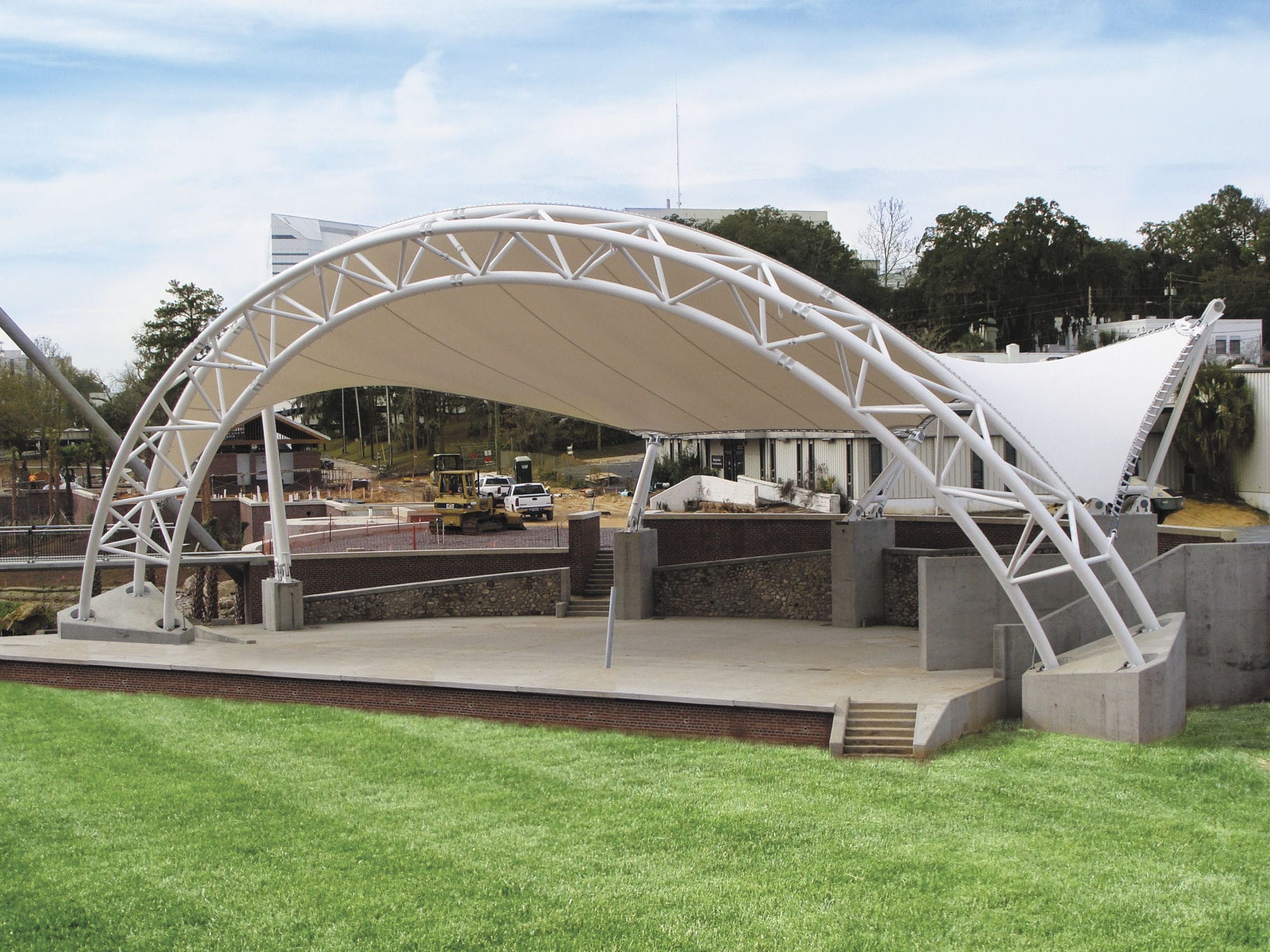 Arch Supported Tensile Structure
Arch Supported Tensile Structure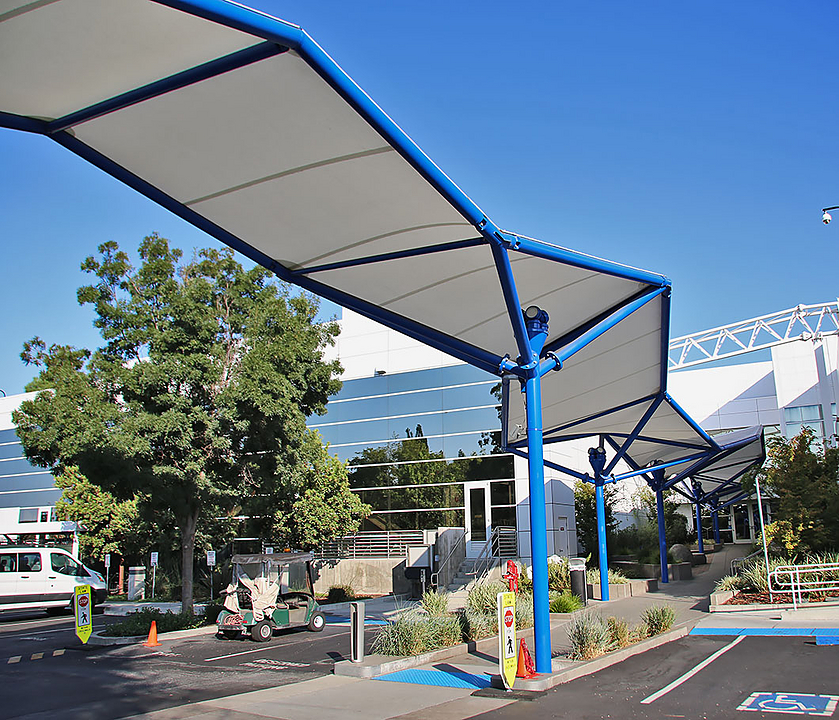 Barrel Roof Walkways
Barrel Roof Walkways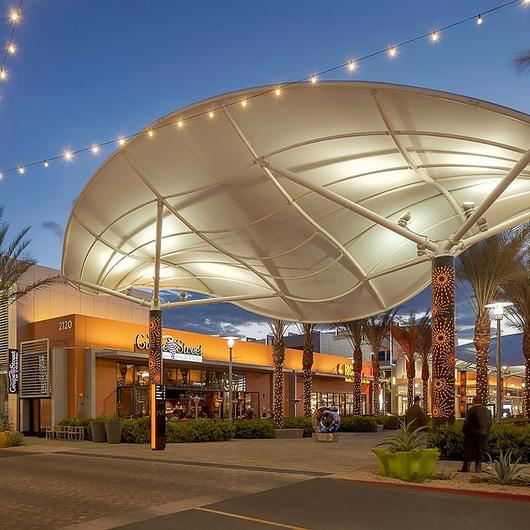 Canopy Membrane
Canopy Membrane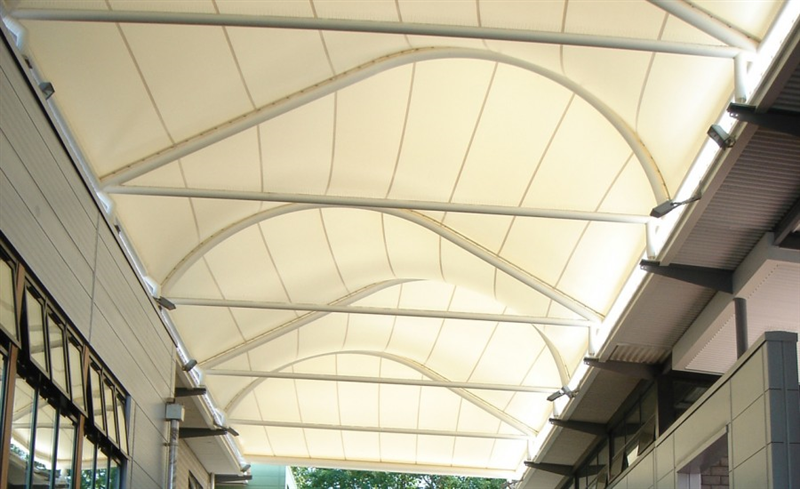 Atrium Tensile Architecture
Atrium Tensile Architecture School Tensile Structure
School Tensile Structure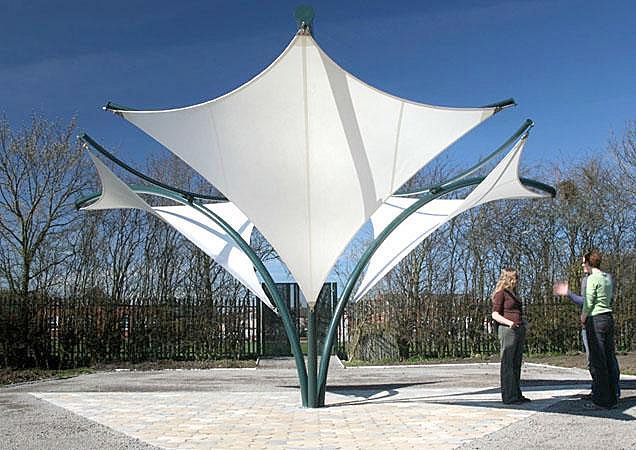 Tensile Landscape Structure
Tensile Landscape Structure Shell Structure
Shell Structure Tensile Pavilion Architecture
Tensile Pavilion Architecture Interior Tensile
Interior Tensile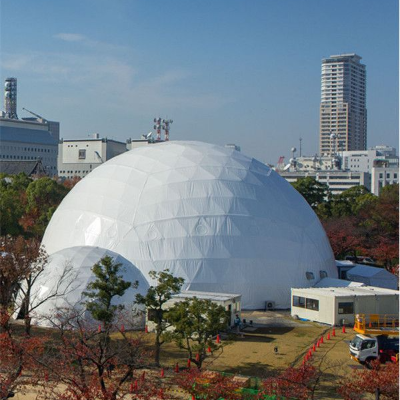 Tensile Dome
Tensile Dome Indoor Tensile Structure
Indoor Tensile Structure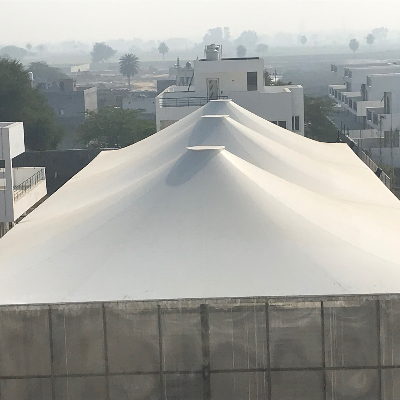 Tennis Court Tensile Roof Fabric Structure
Tennis Court Tensile Roof Fabric Structure Tensile Fabric False Ceiling and Stretch Ceiling
Tensile Fabric False Ceiling and Stretch Ceiling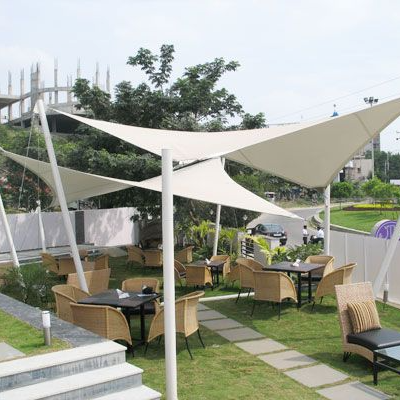 Tensile Structure Food Court
Tensile Structure Food Court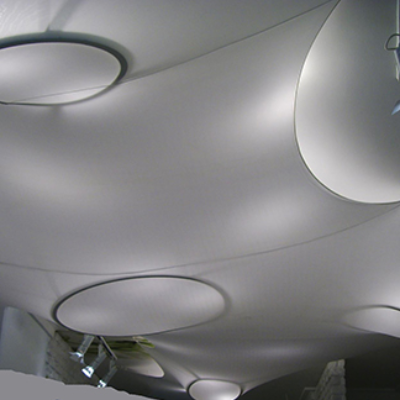 Tensile Stretch Ceiling
Tensile Stretch Ceiling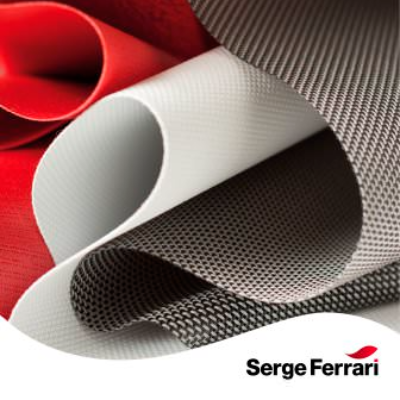 Serge Ferrari Fabric
Serge Ferrari Fabric Mehler Tensile Fabric
Mehler Tensile Fabric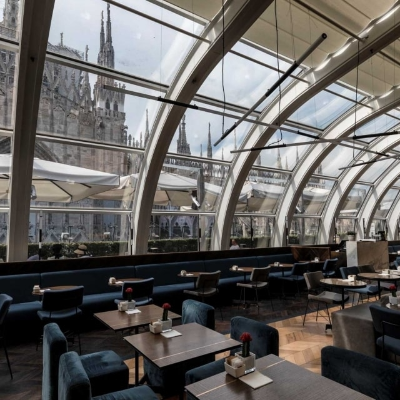 Acoustic Blinds
Acoustic Blinds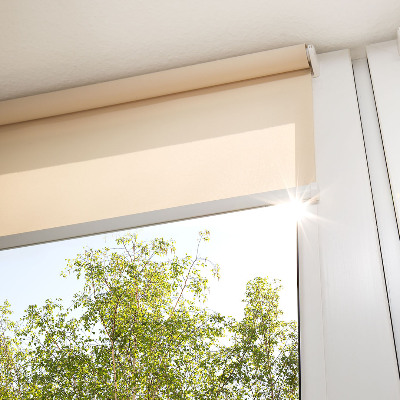 Roller Blinds
Roller Blinds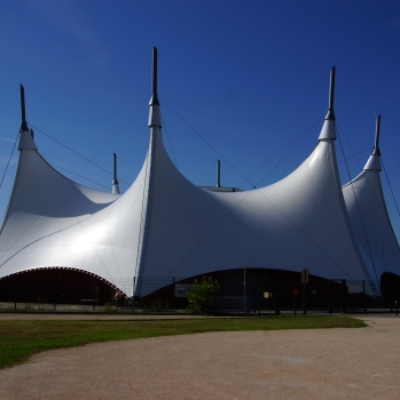 Mast Supported Tensile Structure
Mast Supported Tensile Structure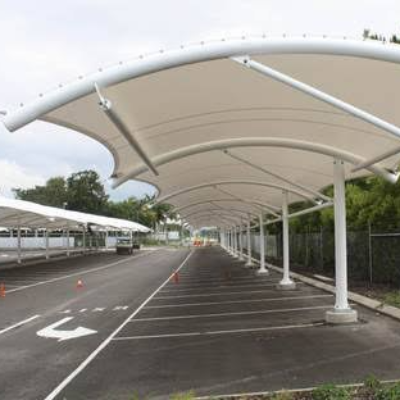 Barrel Vault Tensile Structure
Barrel Vault Tensile Structure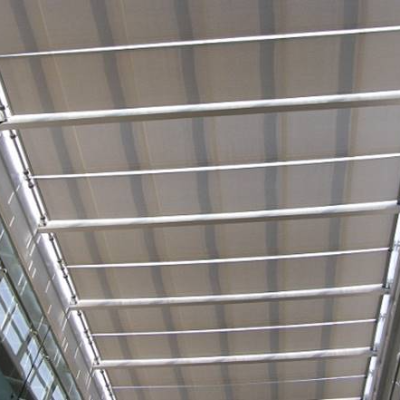 Parallel Tensile Structure
Parallel Tensile Structure